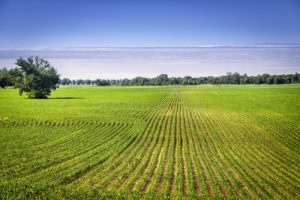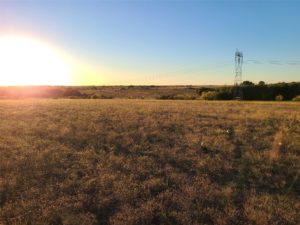Buying land to build a homestead can help you achieve your goal of self-sufficiency.
Homesteading, also called hobby farming, is not a new concept. It is seeing a revival due to growing interest in self-reliant rural lifestyles. While you can grow a productive edible gardening garden on most properties, even in the suburbs, a true homestead requires substantial acreage. You should also do extensive research to ensure the land is suitable for your needs.
It can be very rewarding to start your own homestead. It is important to plan carefully, especially for the land you purchase.
There are a few factors that will determine how much land you need to build a homestead. You can read more in the next section. However, the most important factor to consider when searching for land is available acreage. This should be realistic to meet your hobby farming goals.
Access to water is not a requirement for your land. However, if it’s located in rural areas, it may not. It does have to have access to at least one reliable source for potable water, such a well. Although it is not necessary to have an additional source of water for fishing or swimming, it is an added bonus.
If you buy land with already-built structures, you may be able to get access to the road. If you are buying land that is not in use, you will need to consider your access options. This includes road frontage options as well as cost and maintenance.
It is important to know what kind of soil your have. You may need to get soil testing done before you invest. This will ensure that you have the right type of soil for your project.
Pay attention to the CCRs (Covenants Conditions and Restrictions) and zoning regulations for the property that you are interested in. You may be limited in certain areas even in rural areas. It is important to understand these limitations before you make any decisions.
Your family size and the amount of food you plan to grow will determine the ideal size for your homestead. A small family may only need two acres if it is well managed. Larger families and larger homesteads will require more. A good rule of thumb is to have one acre per person. This includes enough space for animals, trees and any other items you want to keep on your property.
If your looking to buy land contact our office and speak to one of knowledgeable agents.
Preferred Properties of Texas is here for all your Real Estate needs!
Original Blog: https://www.landhub.com/land-news/how-to-pick-good-land-for-a-homestead/



